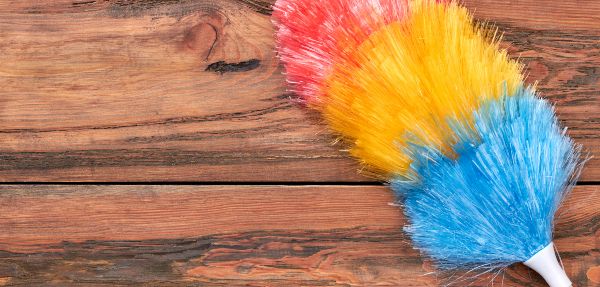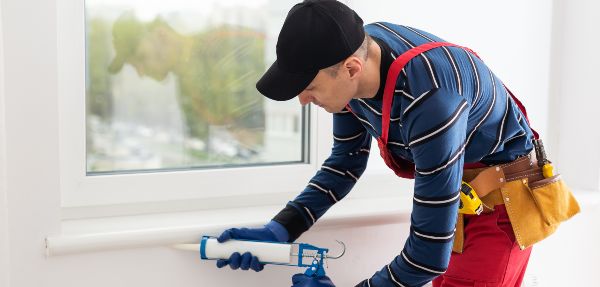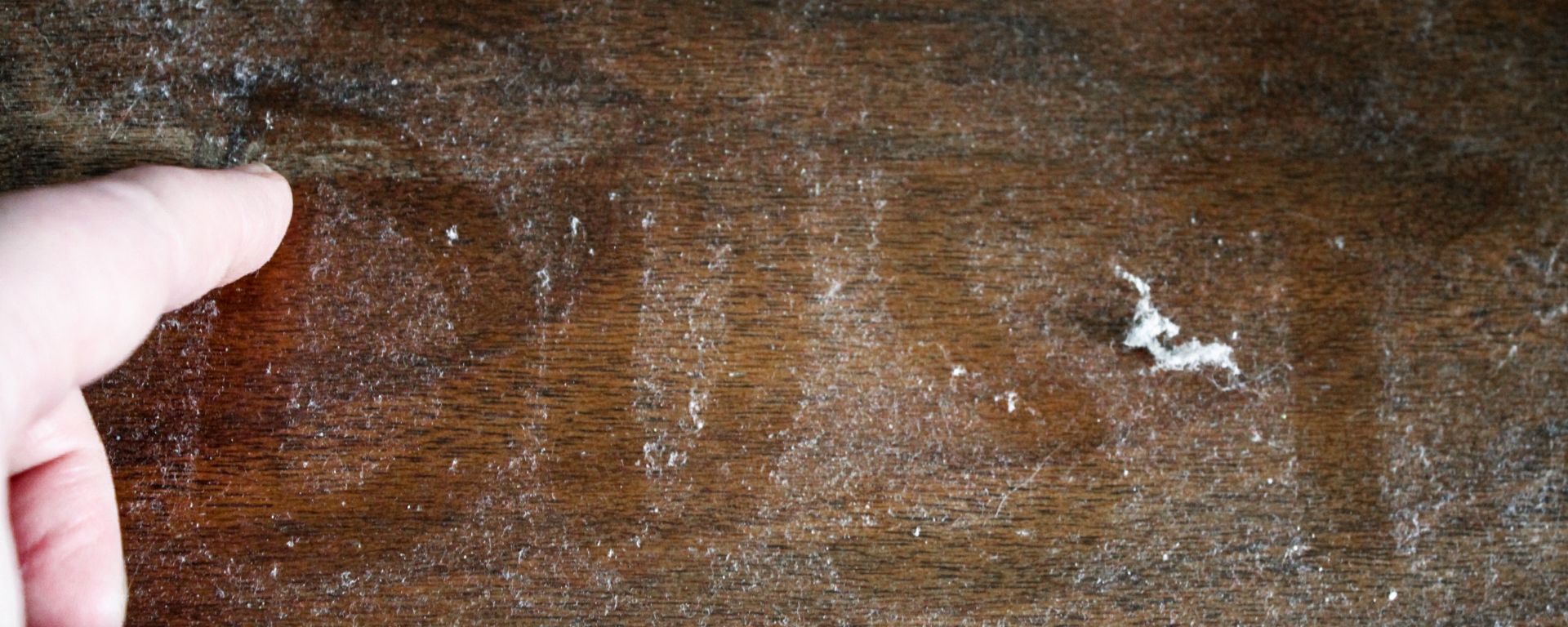Dust is an unavoidable part of daily life, but it doesn’t need to be a daily problem that you simply accept. If not dealt with using the proper cleaning and maintenance techniques, it can become a problem relating to health, allergens, and indoor air quality, resulting in allergies and respiratory issues being triggered. Understanding what exactly dust is and implementing effective strategies to reduce its presence in your home is essential for maintaining a clean and healthy living environment.
In this in-depth blog article, we will explore the science of dust by looking at the various sources that contribute to it, and offer practical tips on how to effectively reduce dust in your home or office.
The Composition of Dust
Dust is a complex mixture of various particles that float in the air or settle on surfaces. It consists of a combination of dead skin cells, pollen, pet dander, insect debris, textile fibres, soil particles, and microscopic pollutants such as bacteria, viruses, and chemicals. These particles can vary in size, from visible specks to ultrafine particles that are not visible to the naked eye.
Sources of Dust

Understanding the sources of dust is crucial for effective dust reduction. Common sources include:
- Human and pet activity: Dead skin cells, hair, and pet dander contribute significantly to household dust.
- Outdoor pollutants: Pollen, soil particles, and pollutants from vehicle emissions and industrial activities can find their way indoors.
- Building materials: Dust can arise from the deterioration or breakdown of materials such as plaster, drywall, or carpet fibres.
- HVAC systems: Heating, ventilation, and air conditioning systems can circulate dust particles throughout the home if not properly maintained.
- Improper cleaning practices: Inadequate dusting or inappropriate cleaning tools can redistribute dust rather than remove it.
9 Strategies to Reduce Dust

If you’re struggling with dust in your home or workspace, use the following techniques to reduce it:
- Regular Dusting: Dust surfaces regularly using a microfiber cloth or electrostatic duster. This helps trap and remove dust particles effectively.
- Vacuuming: Use a vacuum cleaner with a high-efficiency particulate air (HEPA) filter to vacuum carpets, rugs, and upholstery. HEPA filters capture even the smallest dust particles.
- Hard Floor Cleaning: For hard floors, use a microfiber mop or a damp cloth to capture dust instead of simply spreading it around.
- Bedding and Upholstery: Wash bedding, pillowcases, and curtains regularly to reduce dust accumulation. Consider using allergen-proof covers for mattresses and pillows.
- Air Purification: Use HEPA air purifiers to improve indoor air quality by filtering and cleaning it, ultimately reducing airborne dust particles.
- Humidity Control: Maintain optimal humidity levels (around 40-50%) in your home to prevent dust mites from thriving. Use a dehumidifier or humidifier, if necessary.
- Proper HVAC Maintenance: Regularly clean or replace HVAC filters to prevent dust buildup in the system. Consider professional duct cleaning to remove accumulated dust.
- Entryway Control: Place doormats at entryways to trap dust and dirt from shoes. Encourage family members and guests to remove their shoes before entering the house.
- Clutter Management: Minimise clutter in your home as it collects dust and makes cleaning more challenging. Regularly declutter and organise your living spaces.
4 Advanced Dust Reduction Techniques

Following on from the techniques above, here are 4 more ways to get rid of dust in your home or office:
- Sealing and Insulation: Properly seal gaps, cracks, and openings in windows, doors, and walls to prevent dust infiltration from the outside.
- Air Duct Cleaning: Consider professional air duct cleaning to remove dust and debris that may accumulate within the HVAC system.
- HEPA Vacuum Attachments: Use HEPA attachments for vacuuming mattresses, upholstery, and other hard-to-reach areas where dust can accumulate.
- Electrostatic Cleaning: Electrostatic cleaning tools, such as electrostatic dusters or dry mop pads, can attract and capture dust particles through static electricity. These are great investments if your dust problem isn’t being fixed with regular cleaning techniques.
Conclusion
Reducing dust in your home is vital for various reasons, the most important of them being your health and well-being. Implementing effective cleaning practices and employing appropriate dust reduction strategies will ensure the composition of dust in your home is kept to the bare minimum, keeping you and your family happy and healthy.
If your schedule is low on free time but the buildup of dust in your home is gathering momentum, there’s a professional SweepStar ready to change that. When booking a SweepSouth cleaning service, you’re partnering with SA’s #1 home services brand for various reasons. From experienced, vetted cleaning professionals to rewards with every booking, there’s so much to look forward to!









